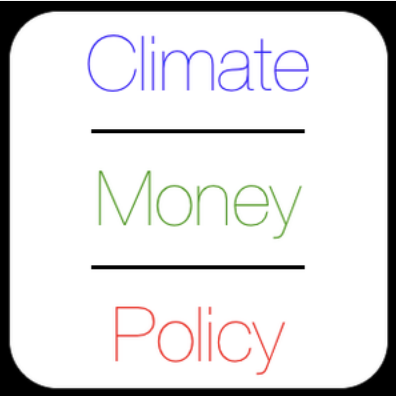Design a Data Center that has a furnace and you should be fired.
/Data centers are a particularly thorny issue when a company is addressing it’s sustainability profile. The energy profiles for large IT facilities are typically monstrous in size and that makes it difficult to accommodate a company’s desire to reduce it’s footprint. Google, Apple and Microsoft have made headlines recently in the design of their facilities and (in the case of Apple specifically) their commitment to using solar power to run the facilities... but is that really the most important factor to consider?
Making a commitment to invest in a data center usually means that your company is moving in the right direction. You have enough demand for what you're doing that you need to make a big investment in the next phase of growth. There are gong to be a lot of decisions to make on hardware, architecture and suppliers (not to mention strategy) but it may surprise you that the biggest two choices should be made not on the basis of technology but on the basis of partnerships. Those two questions are:
Where are we going to build this? and
How is it going to interact with it's surroundings?
Get either of these two choices wrong and there's little chance you can make up the mistake in efficiencies elsewhere. It may sound counterintuitive that the two most critical choices you'll make have nothing to do with the hardware you buy (the fact may even ruffle a few feathers) but when you unpack the facts everything is obvious.
The problem isn't technology... it's physics.
One of the critical metrics you watch when operating a data center is the power usage efficiency (PUE). This is simply a measure of how much power a facility uses versus how much power is being used for computation. That number is a big concern because even technology with the best architecture throws off a lot of heat and tremendous amounts of energy are needed to cool big spaces with lots of servers. This problem is getting worse as the world gets warmer and carbon based fuels continue to create price shocks up and down.
You probably know someone who'd like to read this. Please consider sharing.
The Ease of Starting Somewhere Cold
Nothing will do more for your efficiency than not having to cool too much air by too many degrees. Locating a facility like this on the equator is madness because you're fighting an ambient temperature of 81 degrees. A data center in Iceland however is surrounded by an average air temperature of 39 degrees. There's no way to make up the difference in PUE if you site a facility poorly. Moreover, when something goes wrong (and sooner or later something always does) you can open the windows and try to salvage your processing efficiency while the problem is dealt with.
Don't fight Heat. Use It.
Finding a partner to work with in advance of construction is the second critical issue. A facility in the middle of nowhere has only so many options. But one next to a hotel or an office building can become it's partner's heating system. Often facility managers are tasked with finding ways to combat heat but the reality is that good design uses it. Sell that heat to neighbor to heat their pool or conference space or greenhouse. There are countless ways to find an off taker. While you're at it make sure that you pipe in some of that heat to warm up your own office. If you design a facility with space for a furnace you just aren't thinking clearly. The most sustainable, smallest footprint project is one that uses it's outputs for another project's inputs.
Monetize That Choice
You've done all the hard work, for God's sake get the accounting right. Structure the deal with your partner so that they're the owners of the thermal output. Now your waste is off the books. You can even structure it so that they take responsibility for the carbon debt. In either case don't forget your going to want to charge a fair rate and use that to supplement to installation cost for on-site power for yourself. There are lots of ways to work the numbers and all of them are good business and good for the environment. When you do finish your work with these questions remember that all the tech you'll be installing follows the last rule:
Everything will be More Efficient Tomorrow
It's reasonable to assume that anything you design will be outdated in 24 months and obsolete in 48. When you replace the technology you'll upgrade the efficiency and that included energy usage. Buildings however are going to last for a long, long time so take care that you make the right choices with them and with the partners that se their services.


